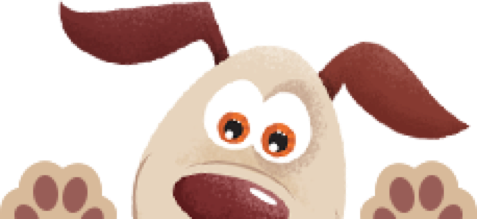It can be a daunting task owning a dog in a bustling, cramped city like New York, but it is certainly not impossible. Walking around the city can lead to many encounters with dogs of all shapes and sizes. Certainly not all of these dogs live in sprawling mansions with football fields to run around on! Many New Yorkers live in tiny apartments or other small spaces comfortably with their canine companions. While you may not have the luxury of space, you can still keep your dog healthy and happy by investing some extra time and patience.
First, an important note: never sneak your dog into an apartment that explicitly does not allow dogs. Dogs cannot be made invisible. They will bark occasionally and have to go outside multiple times every single day, and sometimes they cannot do so when it is convenient for you. Always be open and honest with your landlord, and don’t be alarmed if you are asked to pay a pet deposit fee. This money goes to cleaning up after you move out and taking care of problems made by poorly behaved dogs. Many apartment buildings have additional restrictions such as size limits (must weigh under a certain amount), specific breeds, and/or limiting the amount of pets you are allowed to have. Doing some research and being honest can save you a lot of money and frustration later down the road. Speaking of research, it is always a good idea to check your insurance and make sure you have coverage that can apply to dog-related incidents.
Your main concerns for your dog should always be his or her health and happiness. Unless your building has an elevator, consider living on a lower floor, making it easier to access the street for walks and potty breaks. If your apartment has a balcony or low windows, these can be very dangerous even for larger dogs. Consider your dog’s energy levels, not size. A dog with more high energy levels will need to be walked more frequently and for longer periods of time. A twenty minute walk just won’t cut it when your dog needs to release that pent-up energy. It is important to let your dog outside at least 3 times every single day. This keeps your dog healthy and from bouncing off the walls. If you cannot fit a walk into your busy schedule, we would be glad to help!
Training is important regardless of where your pup lives. In a smaller space, it is even more vital to ensure that your dog understands what is expected. If you are not consistent or do not put in the time to train your dog, you will end up with a lot of frustration and a miserable, confused pet. Verbal commands and hand signals are instrumental in communicating with your dog. A well-trained dog is less likely to bark, potty in the wrong place, and chew. Apartment buildings can be busy, filling with strangers and strange dogs, which can confuse your dog. Go slowly and ease your dog into the idea of other human beings and dogs being around. He or she might even find a playmate to take walks with! Your dog will be happier in your home if he or she has a place and things that provide comfort. A dog bed, a blanket, toys, his or her own water and food bowls, a crate, and/or a corner of a room dedicated to your pet can all provide a sense of security and home. Since there is not always grass outside for your dog to utilize, it is also important to make sure your dog can relieve him or herself where available, such as the concrete ground. If you have concerns about your dog’s ability to do so, check out our article “#Getting Your Dog To Poop On Concrete.”
When considering your schedule, it’s important to create a routine you and your dog can stick to. If you do the same things at the same times every single day, your dog will become used to it. He or she will expect you home and is less likely to panic when you leave. Toys and regular exercise will help ensure your dog doesn’t bark out of boredom or chew up your apartment when you are at work. These tips can help create a comfortable, safe environment for your dog to call home. Looking to book a dog walk?


